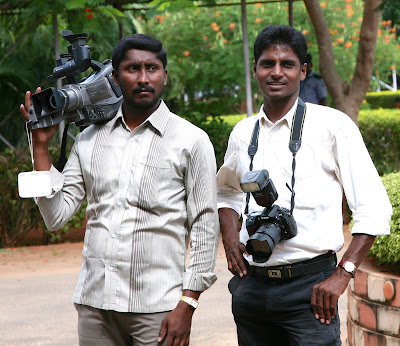Anna and I have begun recollecting, some senior friends, whom we have known for twenty five years or more, whose presence on our lives have enriched us and blessed us.
Katherine and Peter are friends who have touched our lives in some tangible ways. Their home became became a place of rest and respite for us during our holidays for about twenty years. Katherine visited us thrice during these years, twice at Chennai and once at Vellore.
Katherine is an author and penned the story of Ashirvad, in two book forms: 'Beginnings' which tells the story of our time at Chennai and 'After the beginning', which is a summary of time at CMC Vellore(which is yet to be published).
Peter is an architect of some outstanding work to his credit in different parts of London. He and Katherine lived most of their married life on the banks of river Thames, enjoying the freshness and novelty of river side living.
Their love, faith and hope have given us much anchor. They live full lives relating to their children and grandchildren, extended family, members of their church, neighbourhood friends and others who they got to know during their years of professional involvement.
We have been touched by their joy of living and a simple and creative living.










